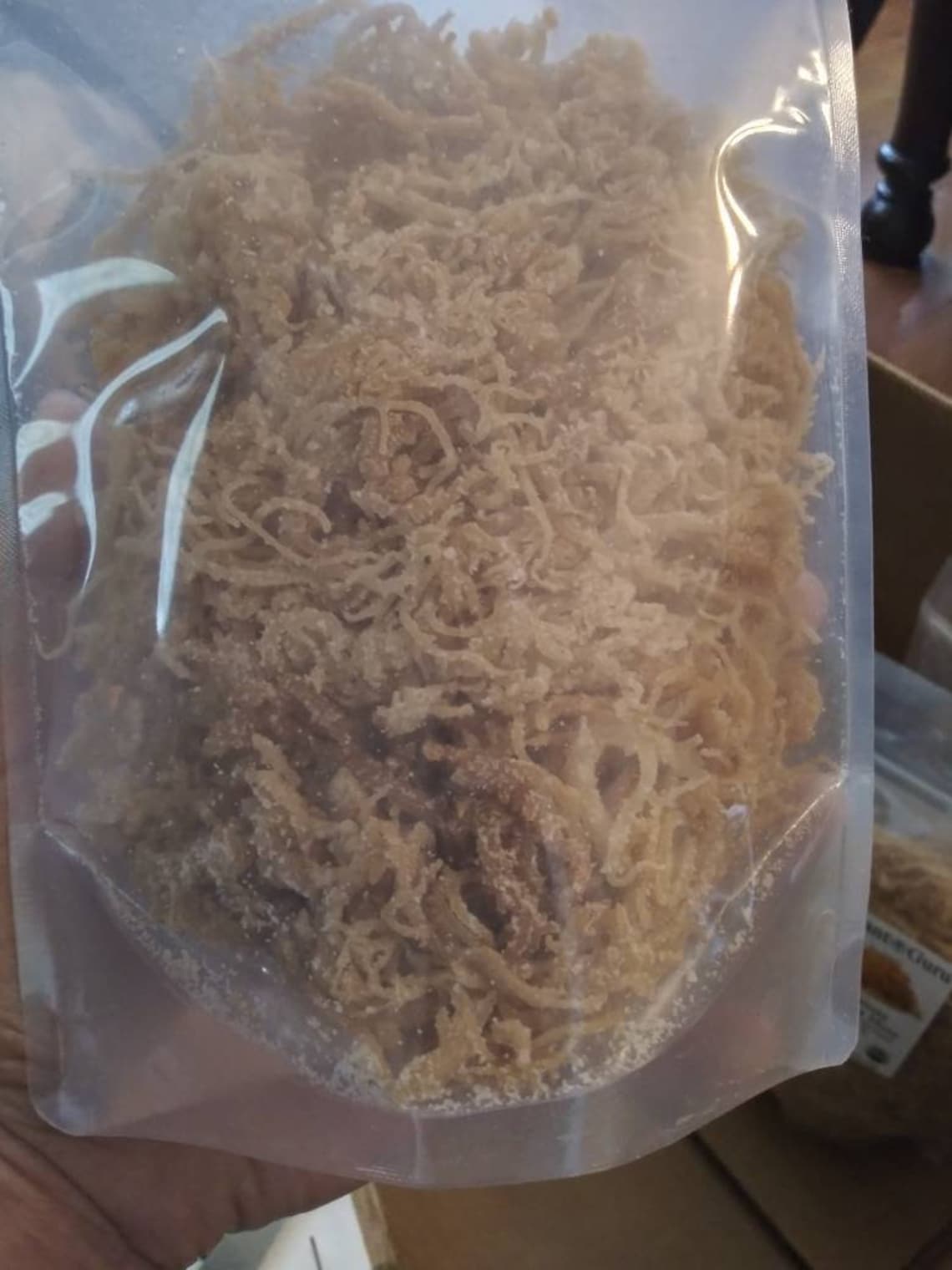

#Guso seaweeds full#
Seaweed is full of vitamins, minerals, & fibre.They contribute to about 50% of all photosynthesis in the world.Seaweeds exhibit the highest photosynthesis efficiency due to moist conditions.Most are medium-sized, come in colors of red, green, brown, and black, and randomly wash up on beaches and shorelines just about everywhere.Some are enormous, like the giant kelp that grow in abundant “forests” from their roots at the bottom.Some seaweeds are microscopic, such as the phytoplankton that lives suspended in the water column and provides the base for most marine food chains.They generally grow in the shallow waters in the tidal zone.They are macrophytic which means they live in water or moist land surfaces.Their size ranges from a few millimetres up to 50 metres. Macroalgae are amongst the most powerful carbon-fixing organisms on earth. Like plants, they use light to fix atmospheric carbon dissolved in water.A seaweed may belong to one of several groups of multi-cellular algae: the red algae, green algae, and brown algae.Seaweed is the common name for countless species of marine plants & algae that grow in the ocean as well as in rivers, lakes, & other water bodies.

Seaweed is plant-like organisms, playing a key ecological role in coastal ecosystems.Seaweed, or macroalgae, refers to thousands of species of macroscopic, multicellular, marine algae.(note: we credit this info from above to Wikipedia ) About 400 ha of ponds are under cultivation, producing 12–15 tonnes of fresh seaweed per hectare per year.Ĭaulerpa lentillifera is a species of bryopsidale green algae from coastal regions in the Indo-Pacific.

lentillifera has been very successful on Mactan Island, Cebu, in the central Philippines, with markets in Cebu and Manila. In the Philippines, after being washed in clean water, it is usually eaten raw as a salad, mixed with chopped raw shallots and fresh tomatoes, and dressed with a blend of fish sauce or bagoong (fish paste) and vinegar. Ĭaulerpa lentillifera is usually eaten raw with vinegar, as a snack or in a salad. lentillifera is farmed and eaten in the Philippines, where it is locally known under various names including latô, gusô, and arosep in the Malaysian state of Sabah, where it is known as latok and in Okinawa, Japan, where it is known as umi-budō ( 海ぶどう), meaning “sea grapes.” It is sometimes known in English as green caviar or sea grapes. This seaweed is one of the favored species of edible Caulerpa due to its soft and succulent texture.


 0 kommentar(er)
0 kommentar(er)
